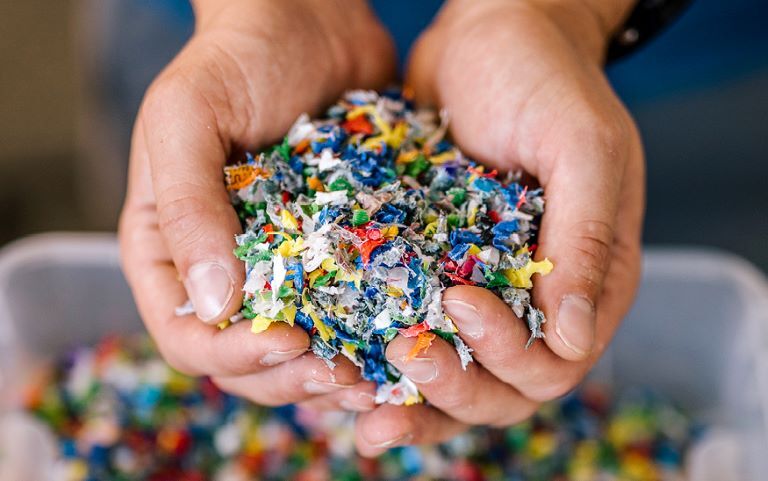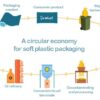Why do we not encourage recycled materials for food packaging?
Recent news and trends have brought people’s attention to climate change issues and the power that certain companies have to provide customers with more eco-friendly options. However, the food industry faces specific challenges when it comes to packaging, and this is what will be discussed in this article. Let’s take a look.
Customers Are Driving New Trends Forward
Currently, numerous countries are adopting new policies to contribute to sustainable alternatives that will help the climate change issue.
Governments are pushing companies to adopt new methods in order to fulfil the obligations they have with regard to more sustainable projects. Therefore, these organisations must change their processes to achieve these goals.
Clients are becoming more informed each day and often try to use the information they know to pick the things that won’t harm the environment. There are, of course, exceptions. However, as a general rule, many people’s buying choices are now changing.
As a result of people’s reactions to environmental problems, many companies are now striving to change their methods as well.
Considering the regulatory changes and the shift in people’s perspective on the matter, manufacturers have to rethink their packaging design and develop more eco-friendly solutions.
Materials that Are Typically Used
Environmentally friendly packaging is not new. Even so, advances in technology and science allow companies to try new alternatives. Nowadays, the most used materials are the following:
Paper and Cardboard
Cardboard and paper are being used as a replacement for secondary packaging. They’re biodegradable and strong enough to hold many units of a product.
However, in the food industry, it is unsure whether or not they should be used for primary packaging. So far, their use is a challenge, which is one of the primary obstacles to overcome when it comes to sustainability.
Plastic
Discussing the use of plastic means making a distinction between its different types: bio-based and recycled.
Recycled plastics are quickly gaining popularity within the packaging industry since they are accessible and public authorities keep pushing their use.
Even so, their use within the food industry is still not approved since these may still contain contaminants. To eliminate said harmful components, the methods that need to be applied could harm the integrity of the material.
Bio-based plastics are also useful, particularly for making bags. Nonetheless, bio-based does not mean bio-degradable. They can only be recycled in specific channels, and even then, conflicts may arise because of the need to use crops that could otherwise be food supplies.
The Problems with the Food Industry
Overall, there are many issues to solve when it comes to primary food packaging. The main problem is that using plastic (both recycled and bio-based) for food contact applications does not adhere to food safety regulations.
Potentially dangerous components can be in recycled plastic, whereas bio-based one is harmful to the environment. Therefore, companies must look into innovative techniques and methods to improve their packaging strategies in order to abide by food safety rules and promote sustainability.
Customers’ actions are also very important within the food industry. Therefore, educating them about achievable actions to take is also a crucial part of improving the packaging matter. Many organisations, for example, encourage clients to reuse their bags.
Takeaways
Governments and people are pushing food companies and many other organisations to come up with more eco-friendly methods. However, the food industry has to overcome very specific challenges.
Using materials such as recycled plastic and polyolefin-based products is not recommended in the packaging industry, particularly because it may not adhere to food safety regulations.
Overall, companies should come up with innovative solutions that include educating customers about their purchase decisions while they develop long-term solutions.








